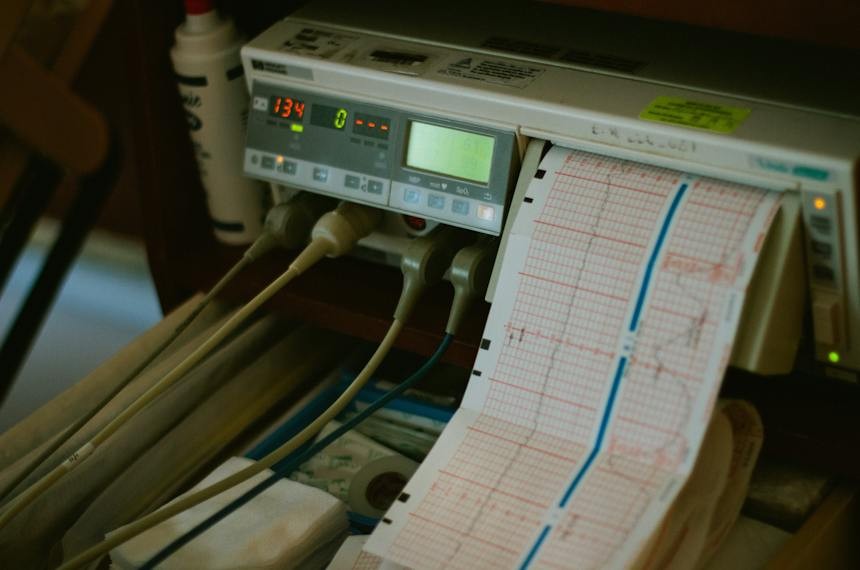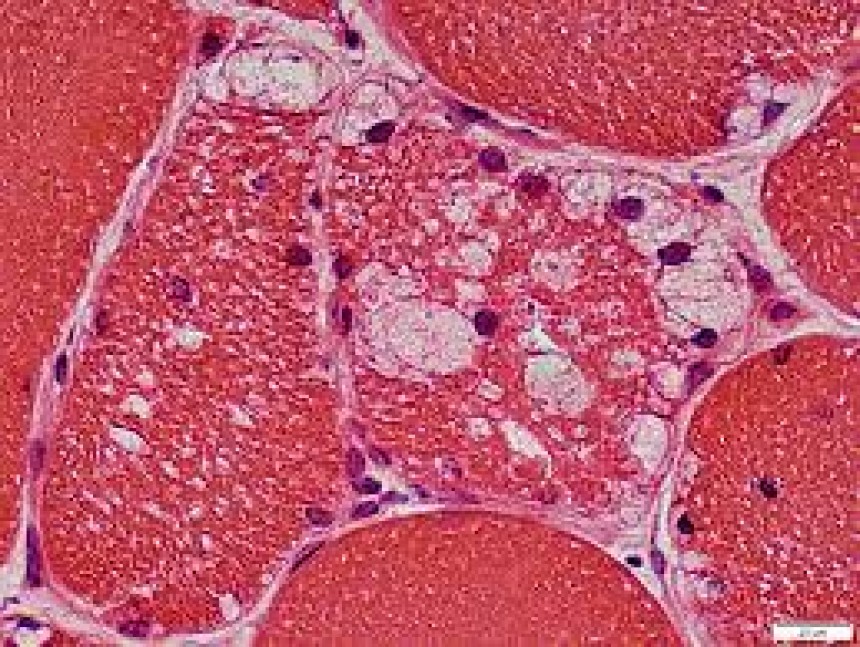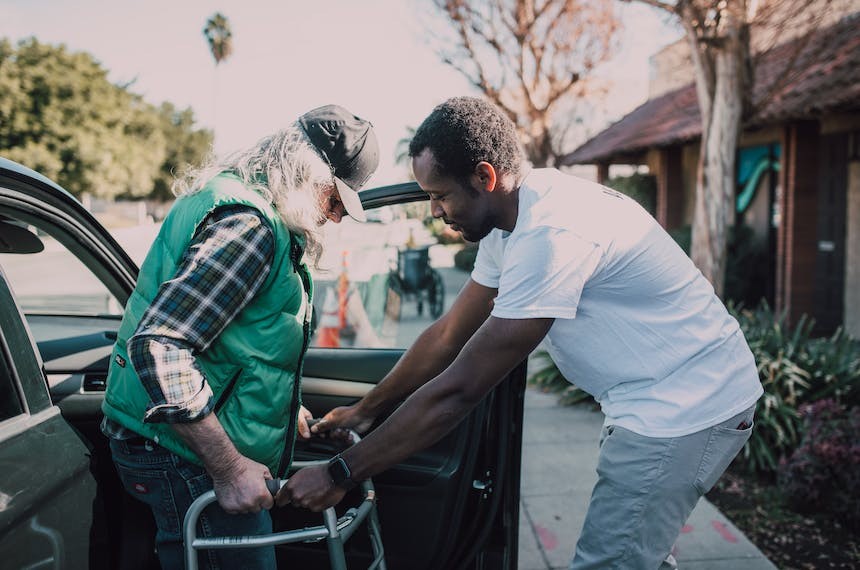
MANAGEMENT OF DYSTONIA
Optimize your dystonia management with this comprehensive guide. Explore effective treatments for acute dystonia, status dystonia, tardive dystonia, and DOPA-responsive dystonia.
MANAGEMENT OF DYSTONIA
- Acute Dystonia
Benztropine 1-2mg slow IV; May repeat if needed in 20 minutes. Then 1 mg po bid orally.
Alternative:
Benadryl 1mg / kg slow IV
- Status Dystonia
Monitor for Myoglobinuria. Admit to ICU.
Versed drip:
Versed 0.2 mg / kg IV bolus followed by; Maintenance rate 0.05 mg / kg / hour infusion; Max rate 5 mg /kg / hour infusion
Tardive Dystonia
Trihexyphenidyl 1mg po bid. Escalate dose slowly over 4 weeks to upto 6mg po bid if needed
Alternatives: Clonazepam, Sinemet, Tetrabenazine
DOPA Responsive Dystonia. Starting dose of Levodopa 1 mg/kg/ day. Maintenance 4-5 mg/kg/day
Dystonia can be focal or generalized or multifocal or generalized.
EARLY ONSET GENERALIZED DYSTONIA
First type:
DYT1 related Early onset generalized dystonia
Rare. Caused by mutation of DYT1 gene
Posturing of a foot or arm provoked by action, such as walking or writing
Molecular genetic testing of TOR1A : 3 base pair deletion in most patients
Autosomal dominant with incomplete penetrance.
50% chance of a progency inheriting the gene, 30% chance of symptomatic disease
Second type:
Non-DYT1 related Early onset generalized dystonia
More likely to have cranial/cervical involvement compared to DYT1 type. Can be primary or secondary; Secondary means the dystonia is due to some other neurological condition.
DOPA RESPONSIVE DYSTONIA
Onset in early childhood
Inward and upward turning of feet
Spreads to upper limbs gradually
Lack of coordination when running
Mutations in GCH1 gene (GTP cytohydrolase)
Mutation in SPR gene
Autosomal dominant
Treatment
Starting dose of Levodopa 1 mg/kg/ day; Maintenance 4-5 mg/kg/day
FOCAL DYSTONIAS
Mostly managed with Botox injections, Blepharospasm, Torticollis, Craniofacial dystonia, Laryngeal dystonia





